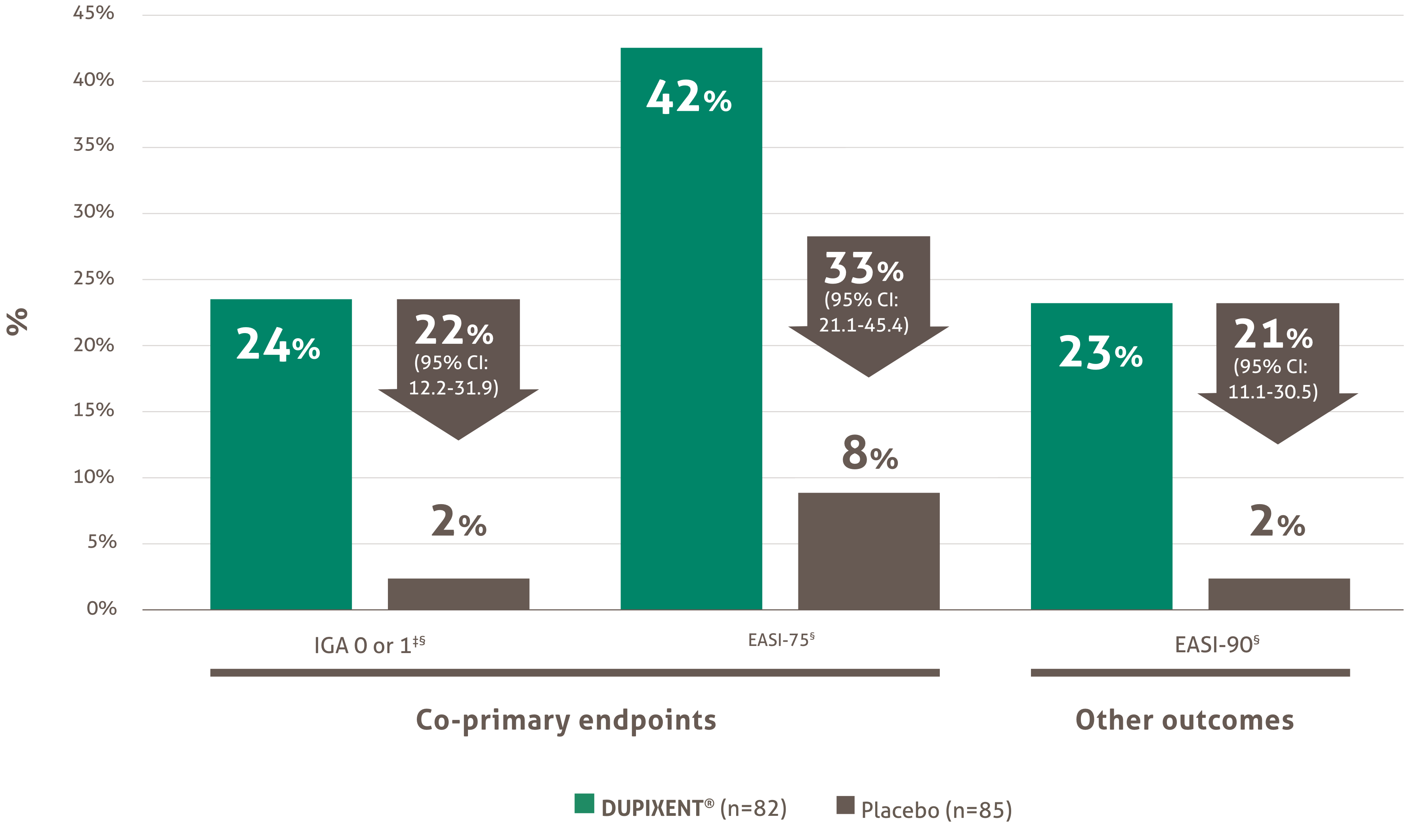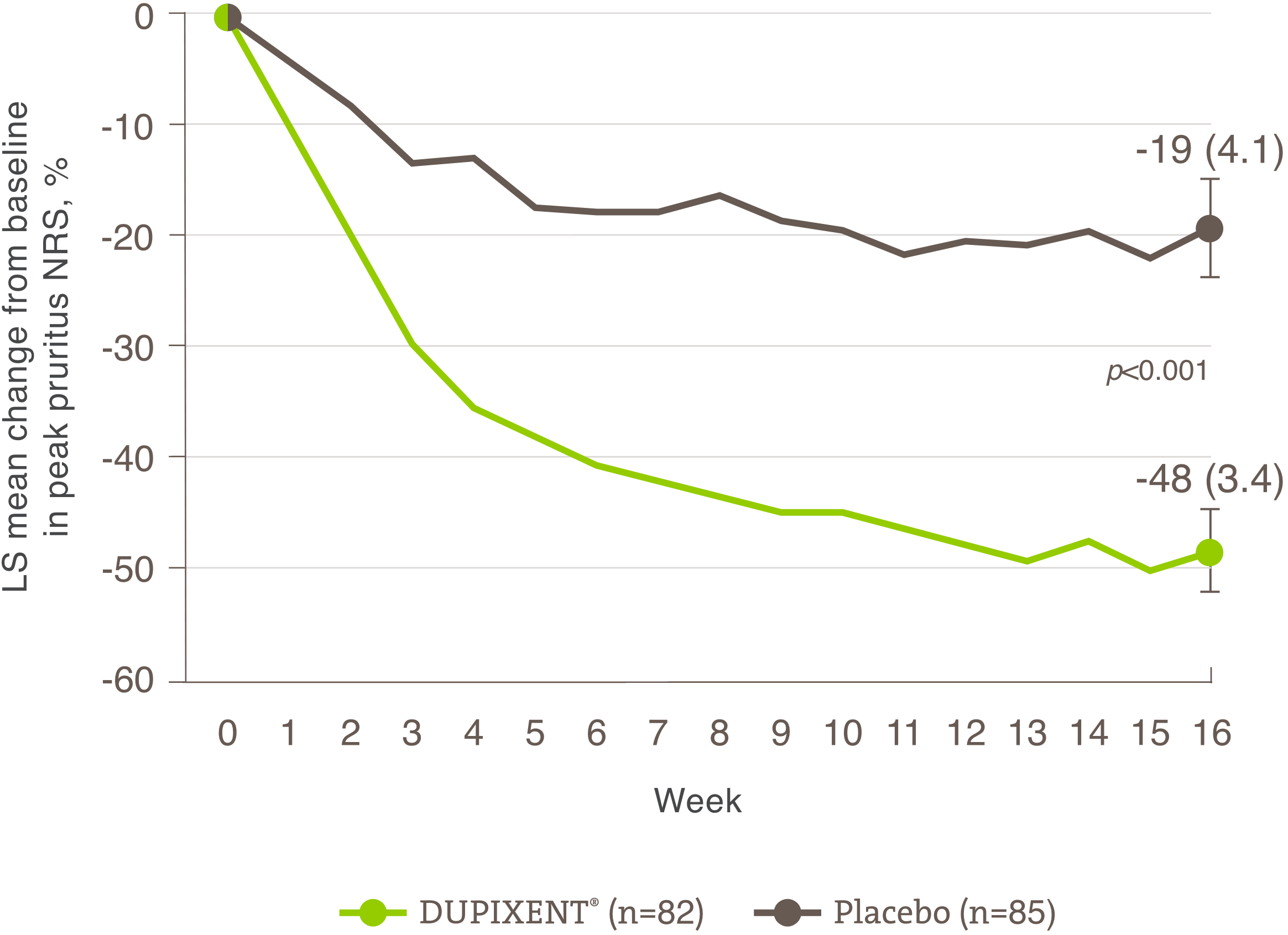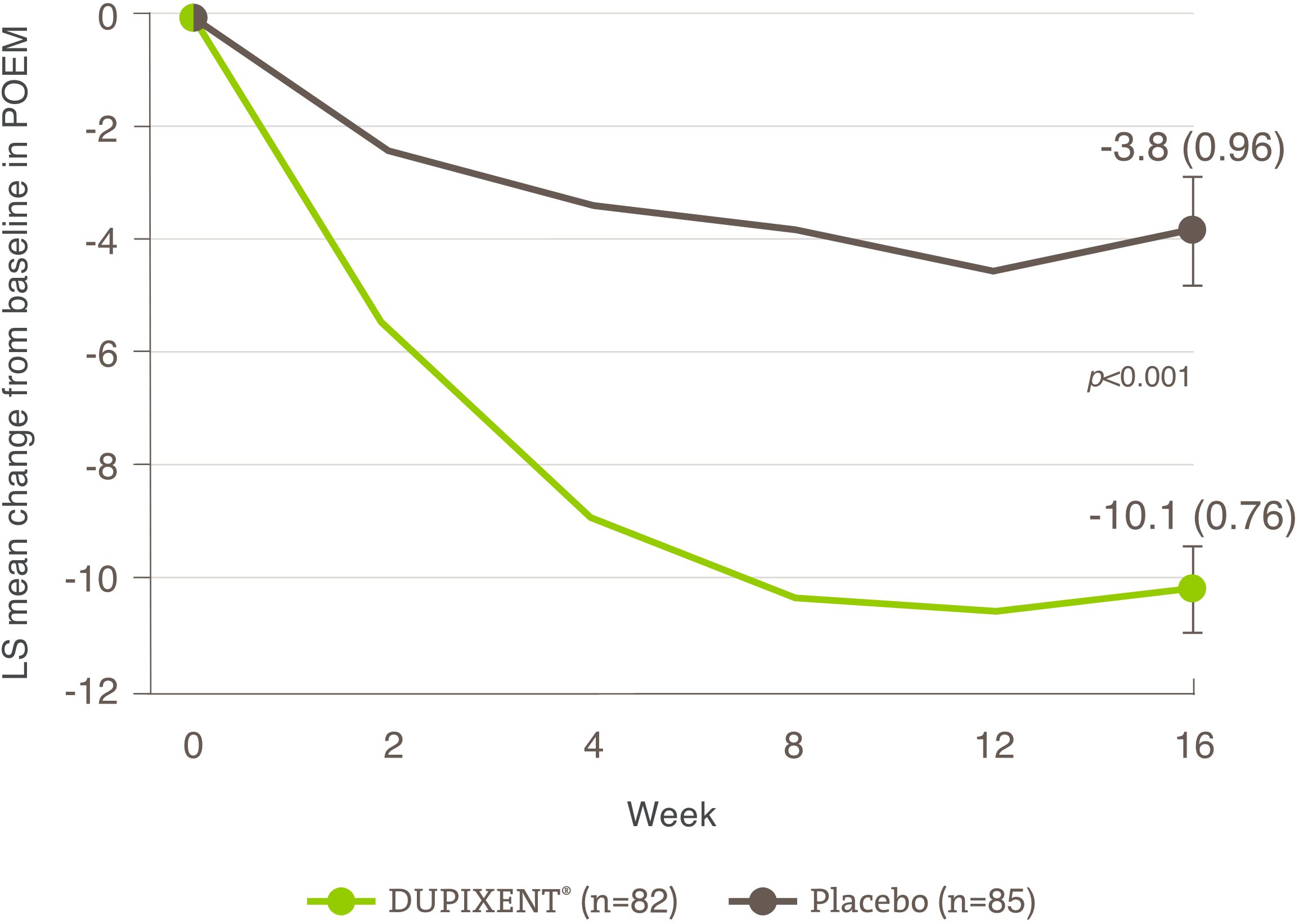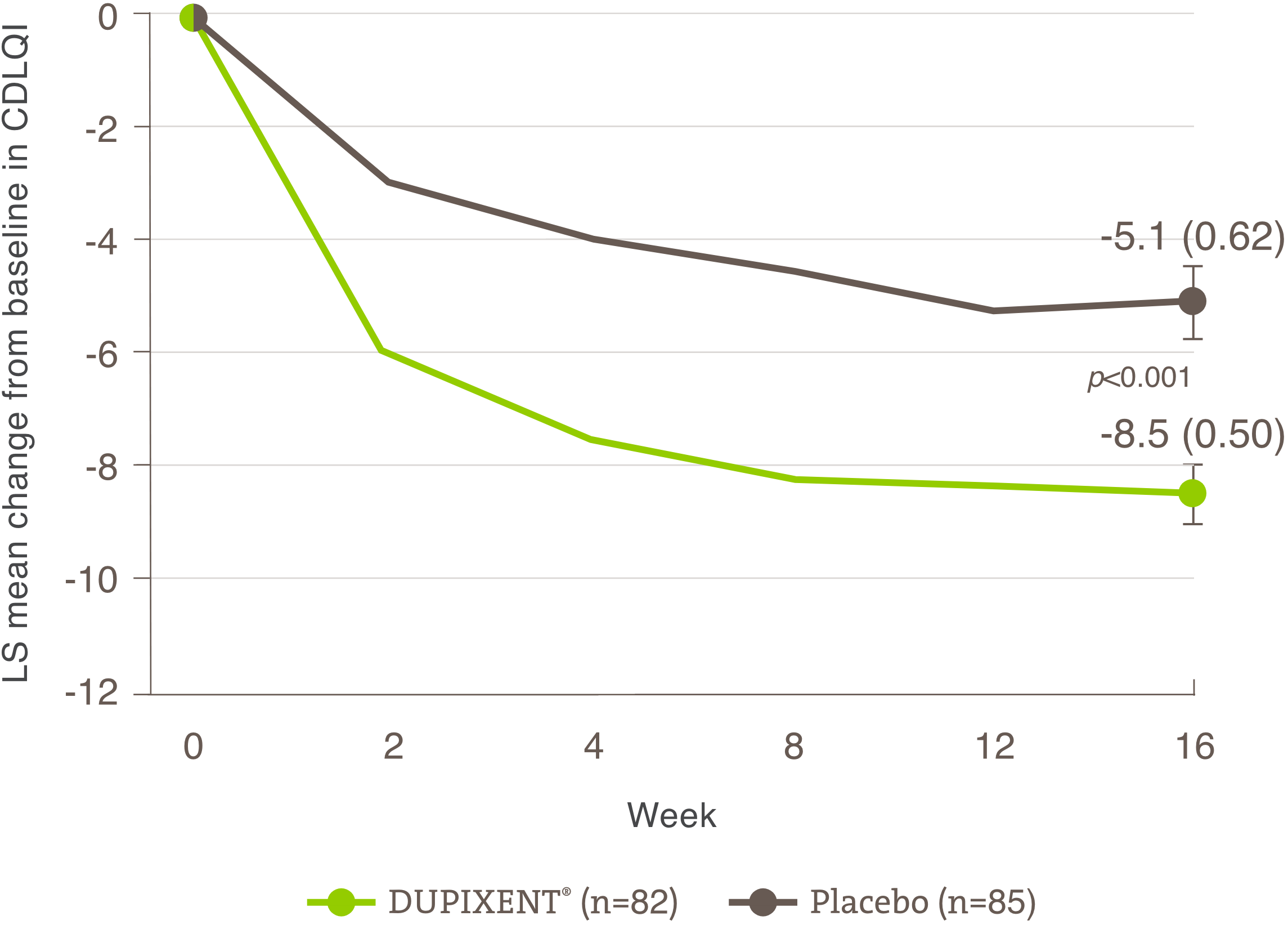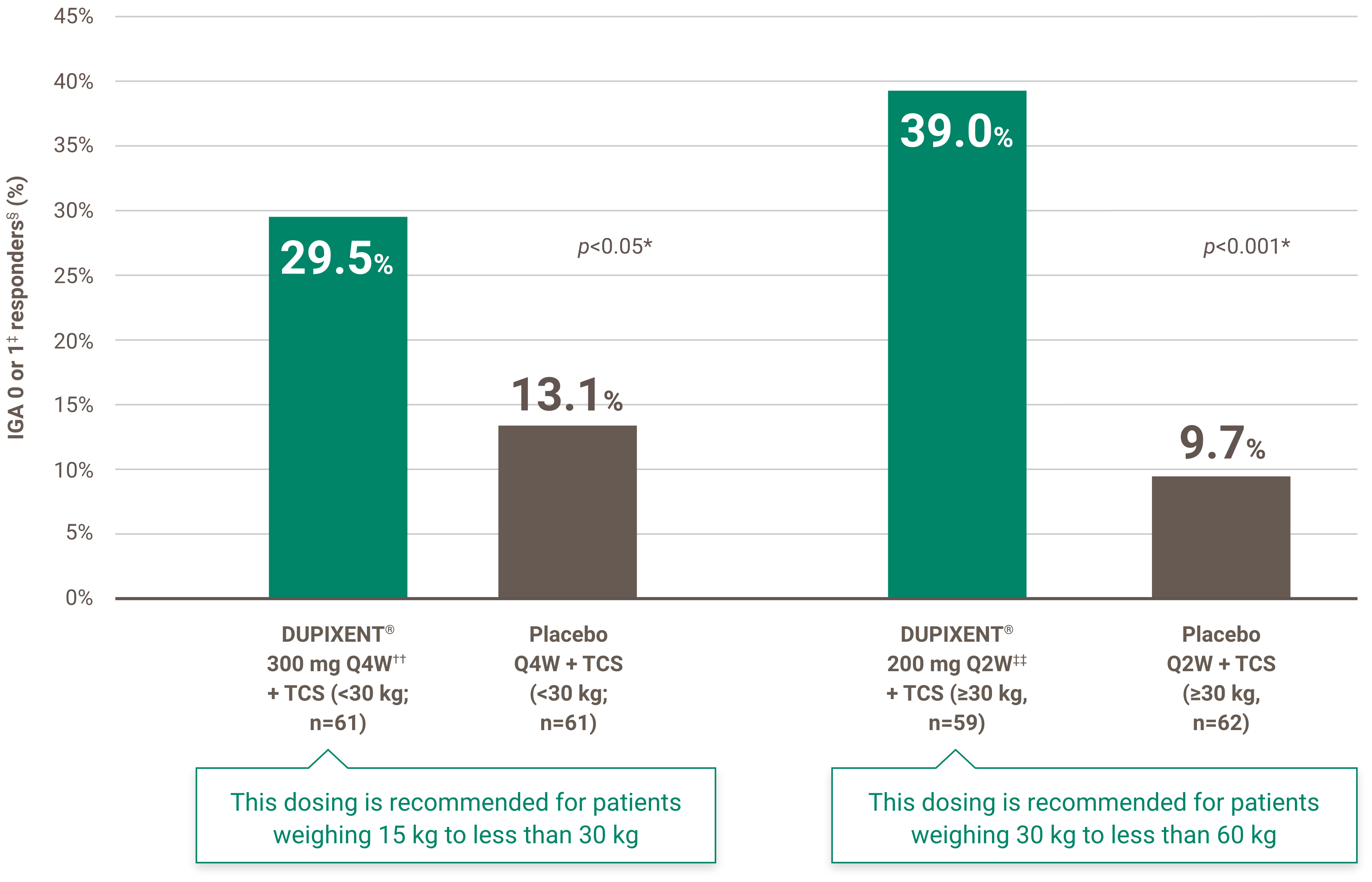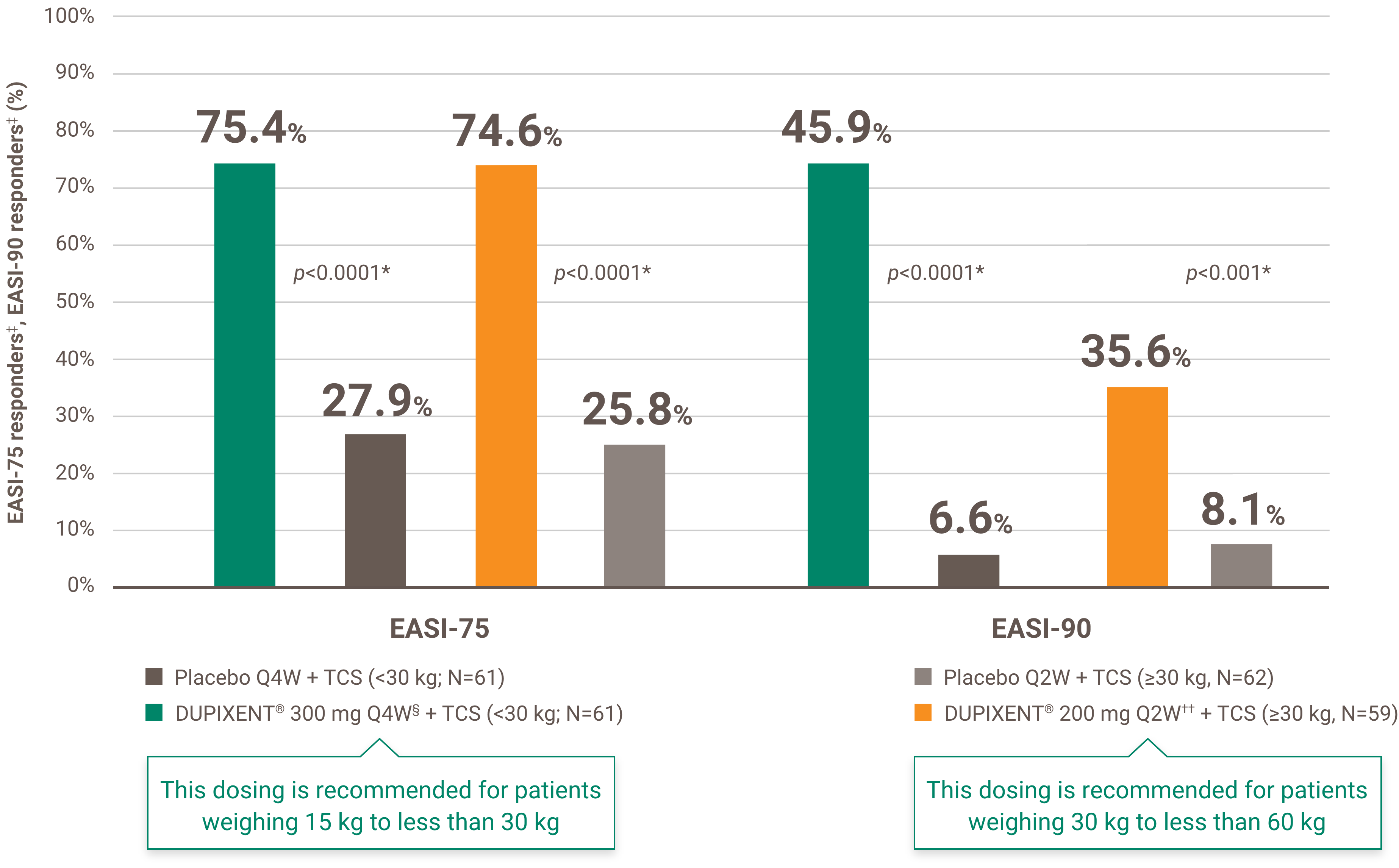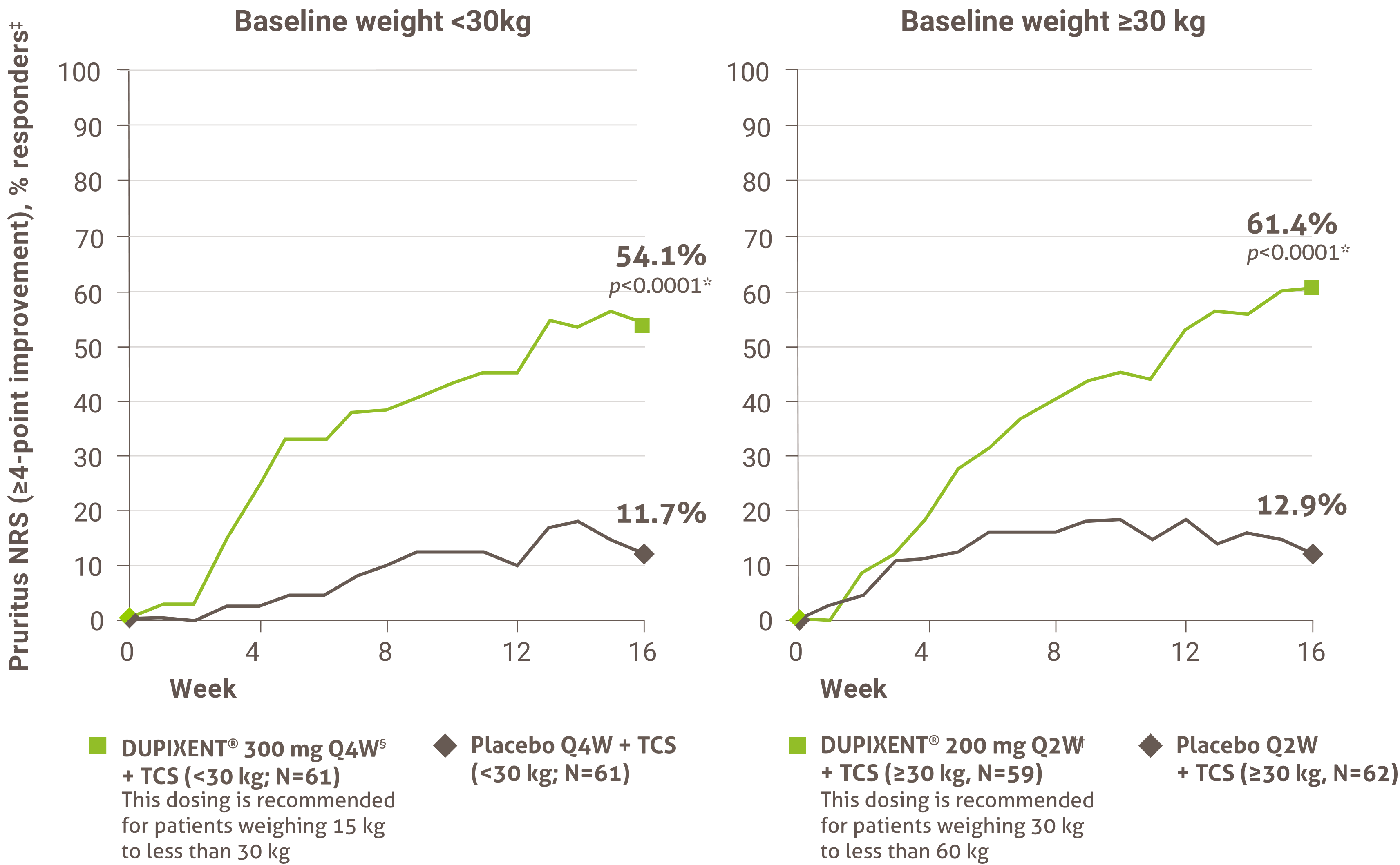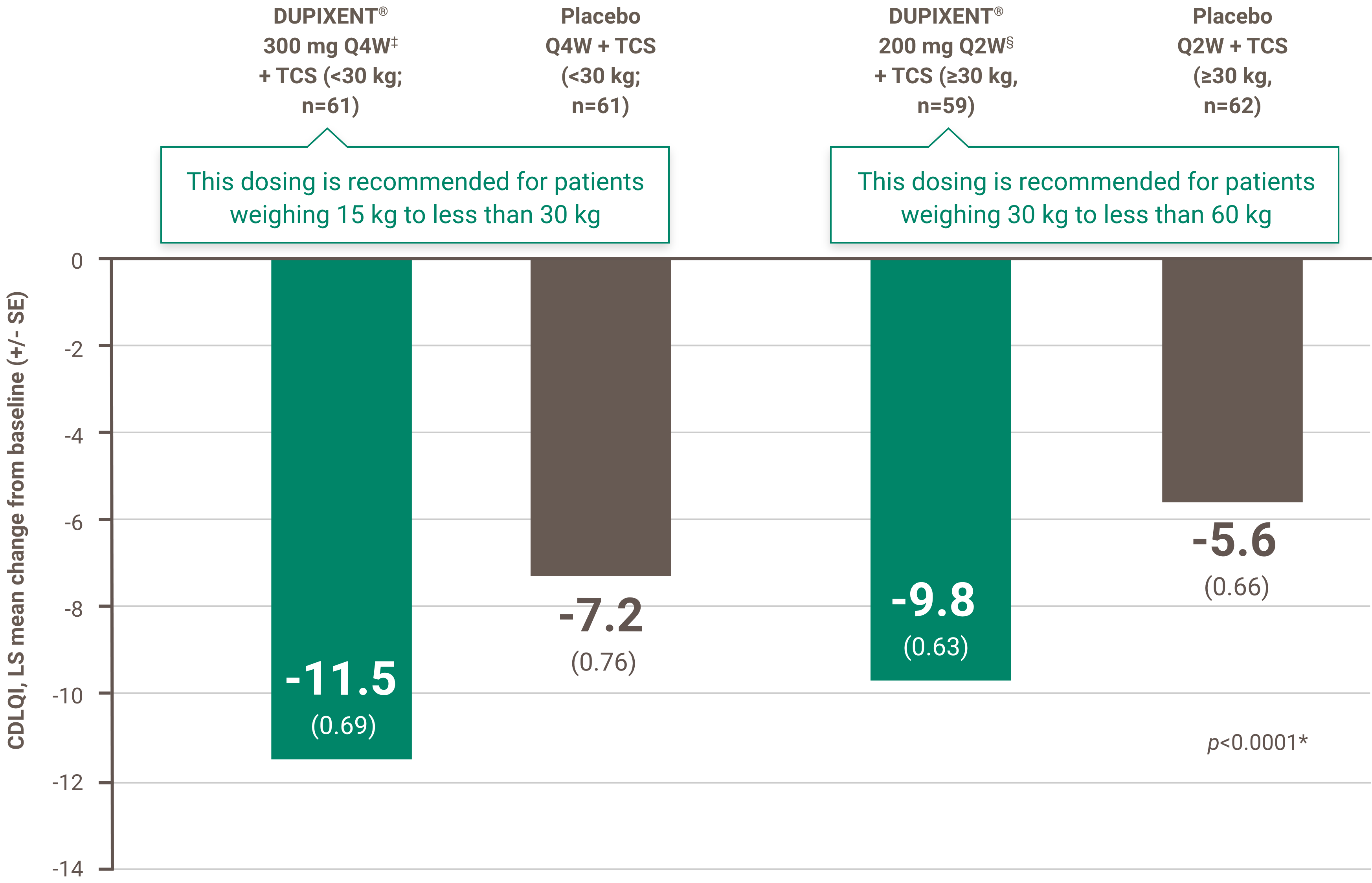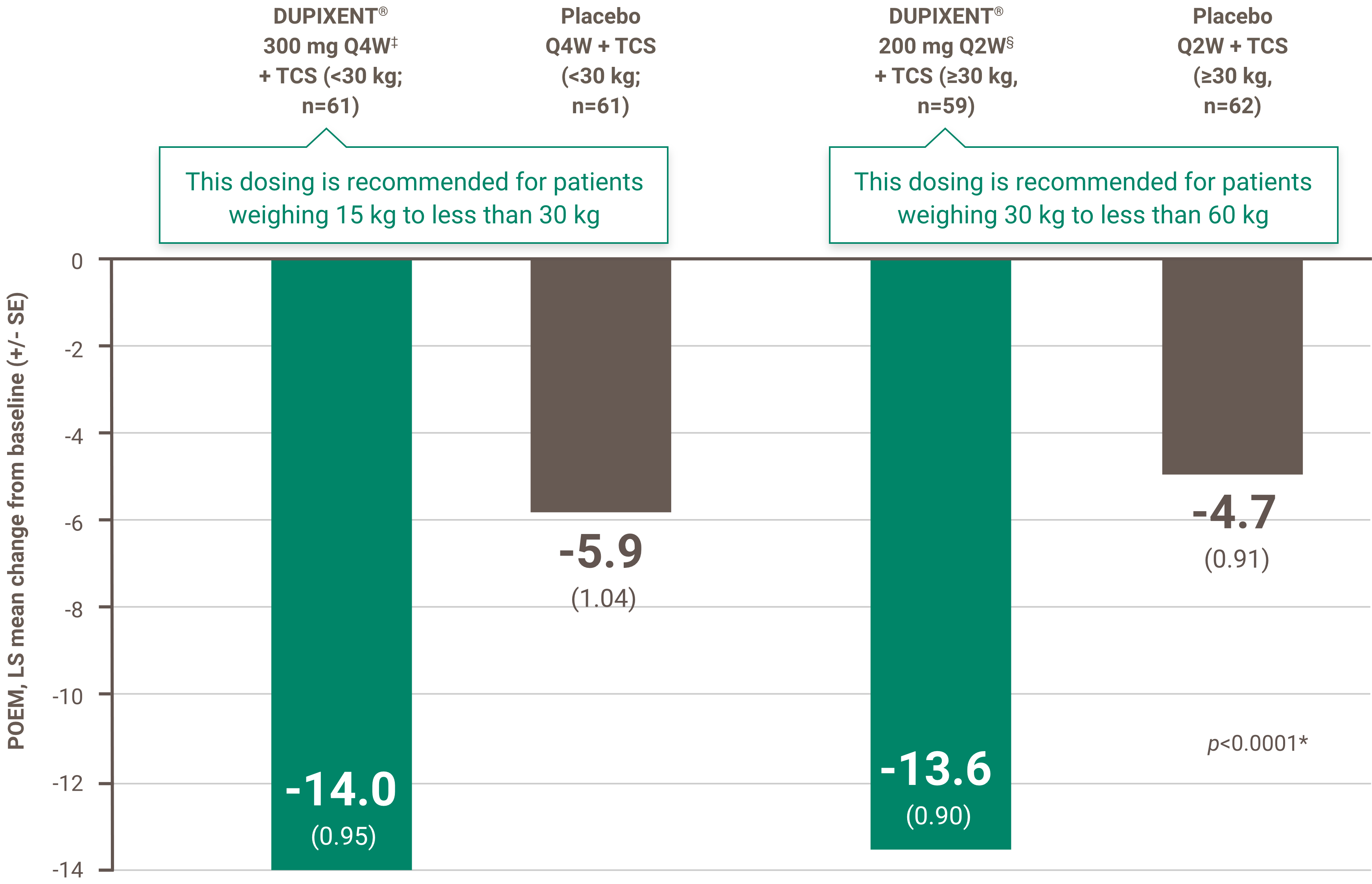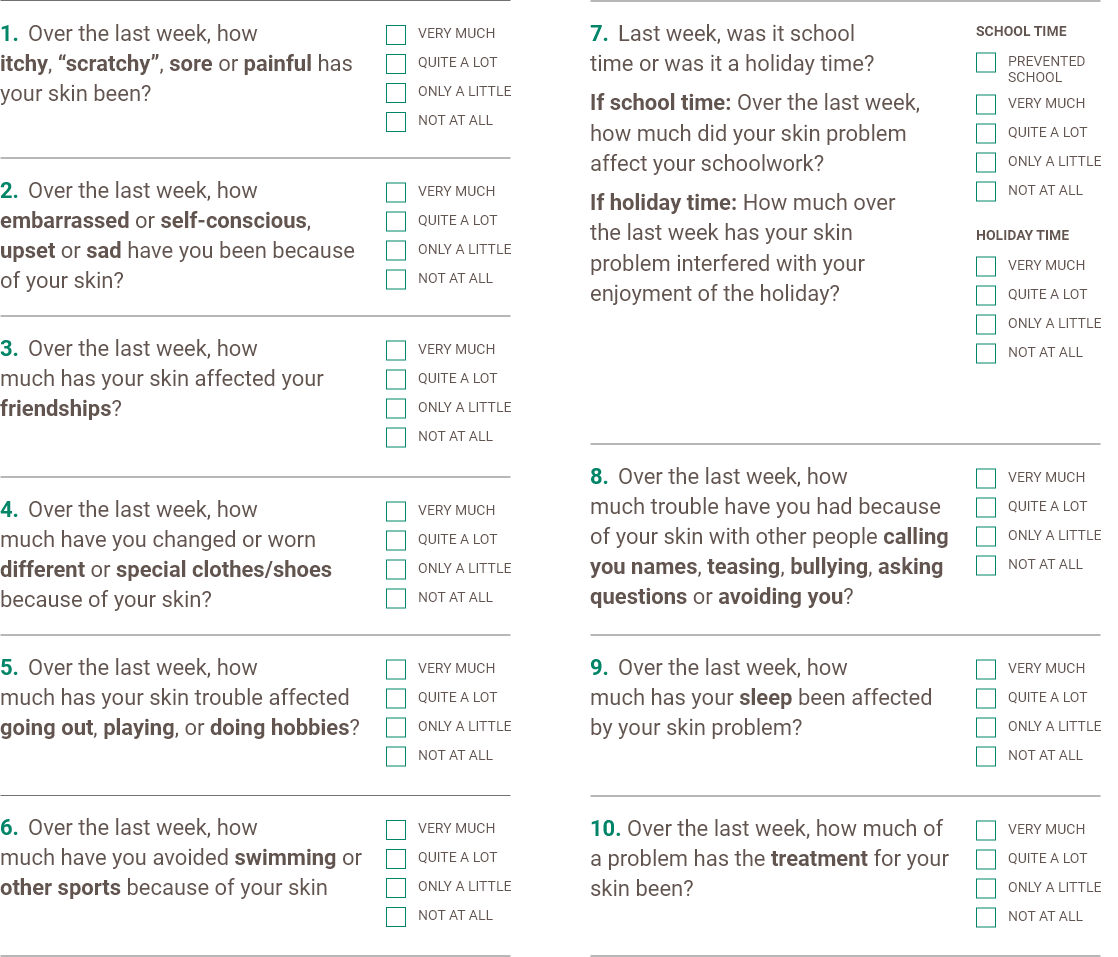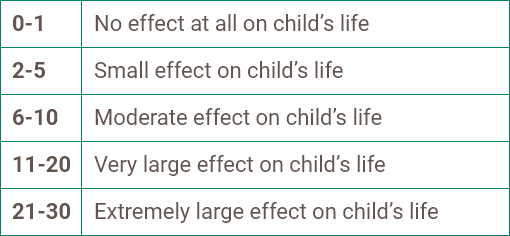Non-pharmacological approaches to help your patients manage AD
There are things your patients can do to help manage their symptoms. Here are some tips and tricks to share with them.
Avoid triggers
Triggers that could make AD worse include:
• Allergens (e.g., mites, house dust, pollen, and animal hair)
• Certain types of food
• Sweat
• Stress
Moisturize the skin
Take regular showers/baths
• This helps to remove excess sweat and hydrate the skin
Keep cool
• Avoid heat and wear breathable clothing
Avoid scratching
Learn to manage stress
You can also refer patients to the following websites for more information on AD:
• The Eczema Society of Canada
• The Canadian Dermatology Association
Tips to help your patients or their caregivers learn to inject properly
Here are some good reminders of what not to do when injecting. You can tell these tips to your patients or their caregivers while showing them how to do it properly. These tips do not reflect the complete administration instructions. Provide proper training to patients and/or caregivers on the preparation and administration of DUPIXENT® prior to use, according to the Instructions for Use in the Product Monograph.
Pre-filled syringe
DO NOT use the syringe if:1
• it has been dropped on a hard surface or damaged.
• the needle cap is missing or not securely attached.
• the expiration date has passed.
• the liquid is discolored or cloudy, or if it contains visible flakes or particles.
DO NOT do the following when injecting:1
• Touch the plunger rod until you are ready to inject.
• Inject into skin that is tender, damaged or has bruises or scars.
• Get rid of any air bubbles in the syringe.
• Inject through clothes.
• Pull back on the plunger rod at any time.
• Blow on the injection site before the injection.
DO NOT do the following after injecting:1
• Rub the skin after the injection.
• Put the needle cap back on.
• Re-use the syringe.
Pre-filled pen (for ages 12 and up)
DO NOT use the pen if:1
• it has been damaged.
• the green cap is missing or not securely attached.
• the expiration date has passed.
• the liquid is discolored or cloudy, or if it contains visible flakes or particles.
• the window is yellow.
DO NOT do the following when injecting:1
• Inject into skin that is tender, damaged or has bruises or scars.
• Get rid of any air bubbles in the syringe.
• Inject through clothes.
• Blow on the injection site before the injection.
• Press or touch the yellow needle cover with your fingers – the needle is inside.
DO NOT do the following after injecting:1
• Rub the skin after the injection.
• Put the needle cap back on.
• Re-use the syringe.
DO NOT remove the green cap until just before you give the injection.
The Freedom Support Program is committed to helping your patients get the most out of DUPIXENT® by providing injection training. Click the button at the bottom of this page to learn more about our services, or click on the Dosing and Administration button to learn more about how to give DUPIXENT®.
Counselling points to help caregivers manage their role in the care of a child with AD (6+ years old)
Parents/caregivers of children (6+ years old) with AD have reported both high stress related to treating and taking care of the patient, and feelings of helplessness regarding the patient’s symptoms; however, there is evidence to support the ability of caregivers to accurately determine the severity of their child’s AD, making them an important part of the patient’s care. Patient and caregiver education is a key aspect of successful AD management. You can help caregivers manage their loved ones with AD with these useful counselling points.30,31
Consider including the following information when counselling caregivers:
There is no cure for AD, but there are things patients can do to help manage their symptoms.
Identifying and avoiding triggers is a useful non-pharmacologic approach to managing AD, although avoiding triggers
will not always prevent AD symptoms, which can sometimes be frustrating. Nevertheless, there are things that can be
done. For example, if the patient is an athlete and notices that sweating during physical activities worsens AD
symptoms, then the patient should take care to shower or bathe as soon as possible after completing the physical activity.31
![]()
Dosing and Administration
Thinking about prescribing DUPIXENT®? Find helpful information to get started.
![]()
Connect With a Rep
Have questions about DUPIXENT®? Get answers from a representative.
DUPIXENT®, Sanofi and Freedom logos are trademarks of Sanofi, used under license by sanofi-aventis Canada Inc.
REGENERON® is a trademark of Regeneron Pharmaceuticals, Inc. All rights reserved.
© 2023 sanofi-aventis Canada Inc. All rights reserved.
MAT-CA-2300298
Last updated: 06/2023



